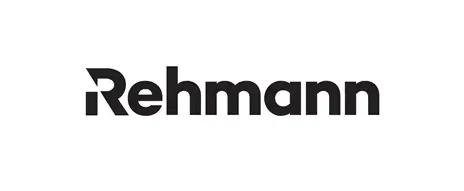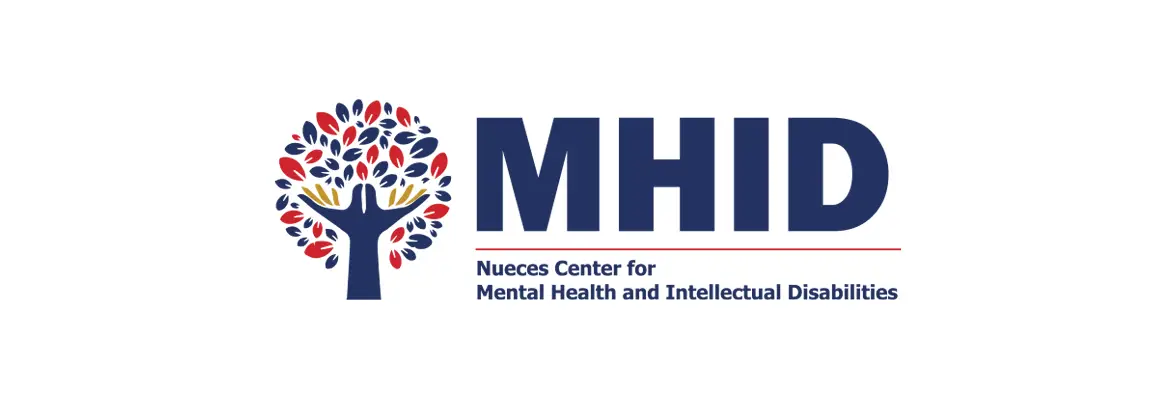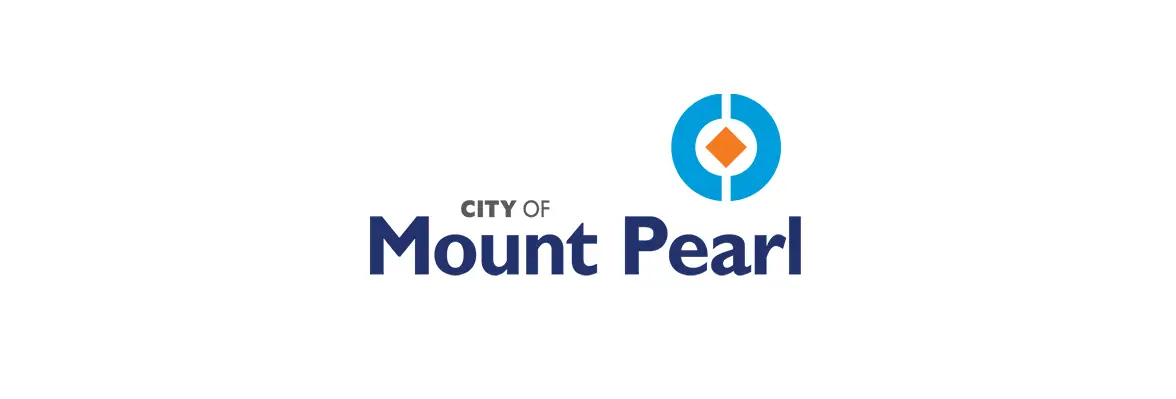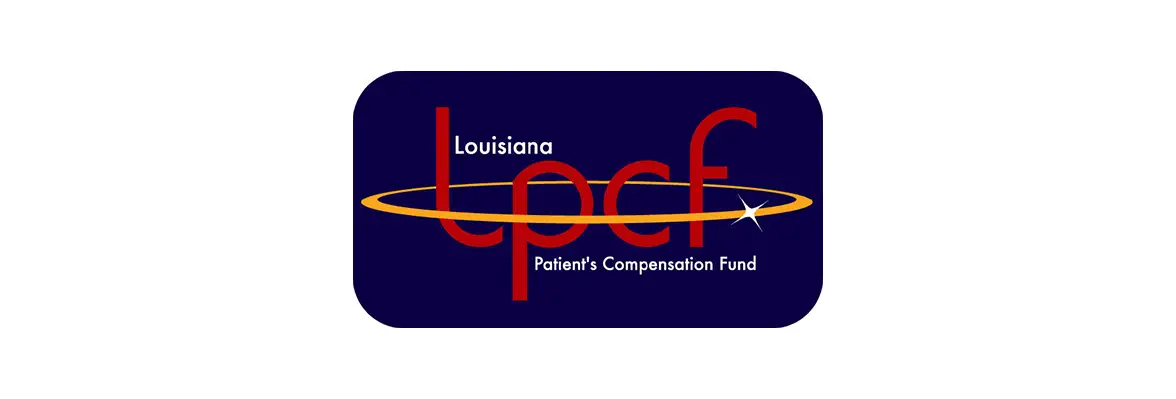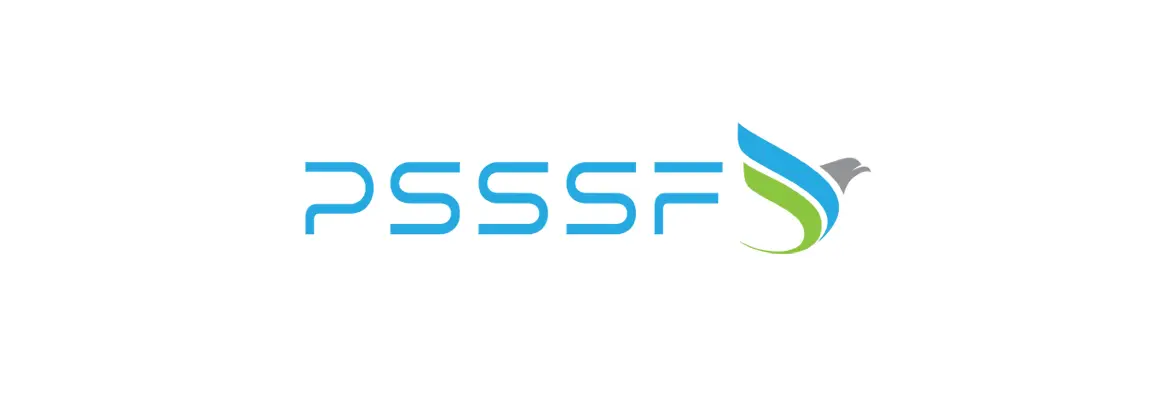SITUATION
• Needed more consistency in workflows across geographically dispersed offices
• Addressing compliance requirements involved many manual, time-intensive steps
RESULTS
• Streamlined the new account opening process
• Opened 600 new accounts and brought in $400 million in new assets in 2023
• Modernized records management and workflows reduced the burden of compliance and audits on associates
Rehmann’s wealth management practice must coordinate a lot of moving parts across its offices in Michigan, Ohio and Florida. In addition to advisory services, the firm operates as a broker-dealer, a role which greatly expands its compliance obligations. Coordinating workflows across those services to ensure advisors across branches follow rules around conflicts of interest and suitability is only half the battle. Having documentation readily available to prove compliance adds another layer of complexity.

In Laserfiche Forms, the firm has found a flexible tool capable of streamlining data collection and reporting, as well as shaping the design of workflows in ways that make them less prone to human error and easier to audit. “Our biggest challenge with Laserfiche Forms tends to be keeping up with demand for new ones,” said Amy Flourry, Rehmann Wealth director of operations.
Connecting Processes to Improve Efficiency
The ability to connect information across different parts of the client life cycle has enormous potential to improve processes throughout the business. Digital onboarding became an area of intense focus during the pandemic, when the ability to meet clients face to face became limited. For Marla Masters, strategic business analyst for the Wealth Management team, digitization was just the first step in a journey toward a more streamlined process.
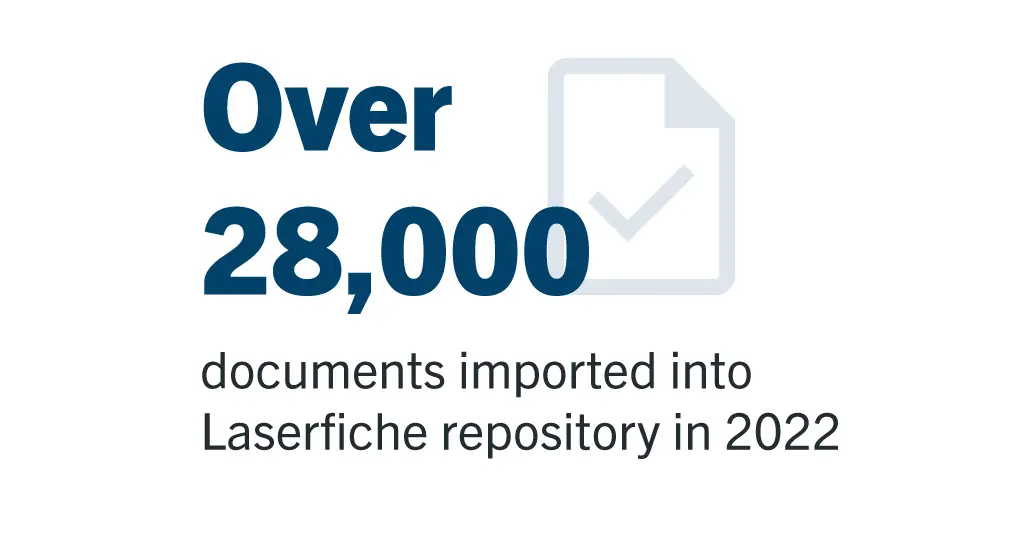
Integrating customer relationship management (CRM) software with other back-end tools has long been the elephant in the room for making onboarding more efficient. The ability to move information from Rehmann’s CRM to its Laserfiche repository was a deciding factor in its recent transition to Salesforce.
“With the old system, our associates had to enter the same information multiple times to get it from the CRM and into Laserfiche,” Masters recalled. “Now, we’re able to use the same data, so when our associates enter information about a lead or a prospect, it’s still available as they transition to a client.”
The ability to automatically populate onboarding forms makes the process faster and easier for associates and clients alike. That streamlining means the firm can make the best impression possible on new clients right away, while giving support staff more time to put toward higher-value tasks. The firm can also use the information it collects to automatically file compliance documents, such as those identifying the beneficial owners of entity clients, yielding further back-office efficiency gains. With these integrations in place, Rehmann opened 600 new accounts and brought in $400 million in new assets in 2023 alone.
In addition to new account opening and onboarding, Rehmann has automated several other processes across the organization, including:
- Client agreement approvals
- Trade request and audit process
- Auto-filing of client documents
Monitoring Processes in Real Time
Compliance is a major concern for broker-dealers. Conducting audits used to be a resource-intensive process that involved harmonizing physical files in multiple locations. If the firm identified a compliance concern, it would then have to go back and fix things after the fact, which could be a complicated process.
Now, using Laserfiche Forms, Rehmann can put guardrails around processes that help the firm identify and fix problems while processes are still ongoing. As a result, many issues can be corrected on the fly, as opposed to having to go back and redo a process from scratch.
An Ongoing Evolution
The firm has also leaned on the expertise of the consultants at CDI, a Laserfiche solution provider that offers training and technical resources to help implement large-scale system changes like the Salesforce transition. This ensures that organizations have the best available tools for their current needs. As a result, Rehmann’s success in building more efficient processes continues to build momentum. The low-code tools and solution templates available for Laserfiche Forms have made it possible for Masters to continue to refine the firm’s tools and processes further to make them more dynamic and user friendly. These solutions have reduced implementation time for new, automated processes from six months to approximately 30 days, freeing up IT resources to focus on strategy, rather than implementation.
In one recent example, Masters reconfigured the firm’s Excel-based trade ticket process to work via Laserfiche Forms. Rather than having to send emails to the right people and collaborate on a spreadsheet, associates can manage trade requests through a form-based system that requests information dynamically, driving an automatic escalation process to ensure trades are compliant and routing forms to the appropriate people for confirmation. At the end, trade tickets are saved automatically to client files.

“Our work technology must keep up with the apps we use every day on our phones. The way we interact with technology in all aspects of our lives has changed, so it’s critical for our office environment to keep up,” said Flourry. “Laserfiche makes it easy to design processes that our people really want to use.”
